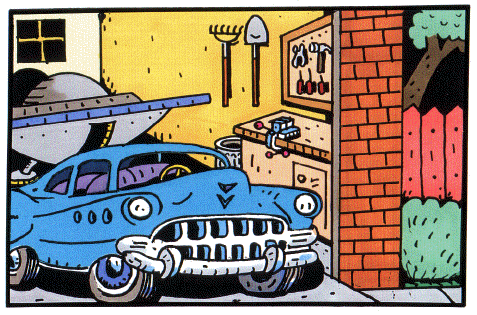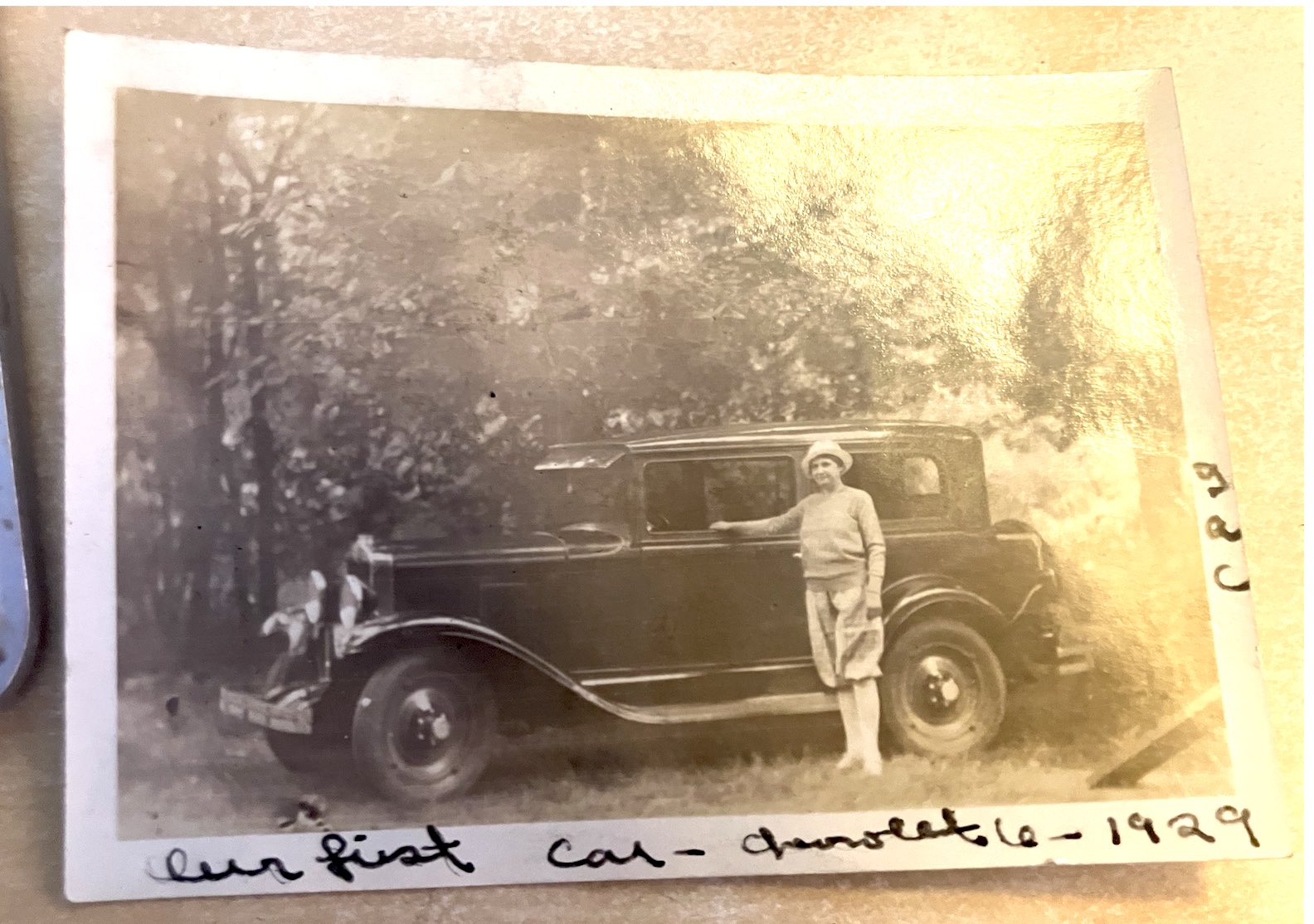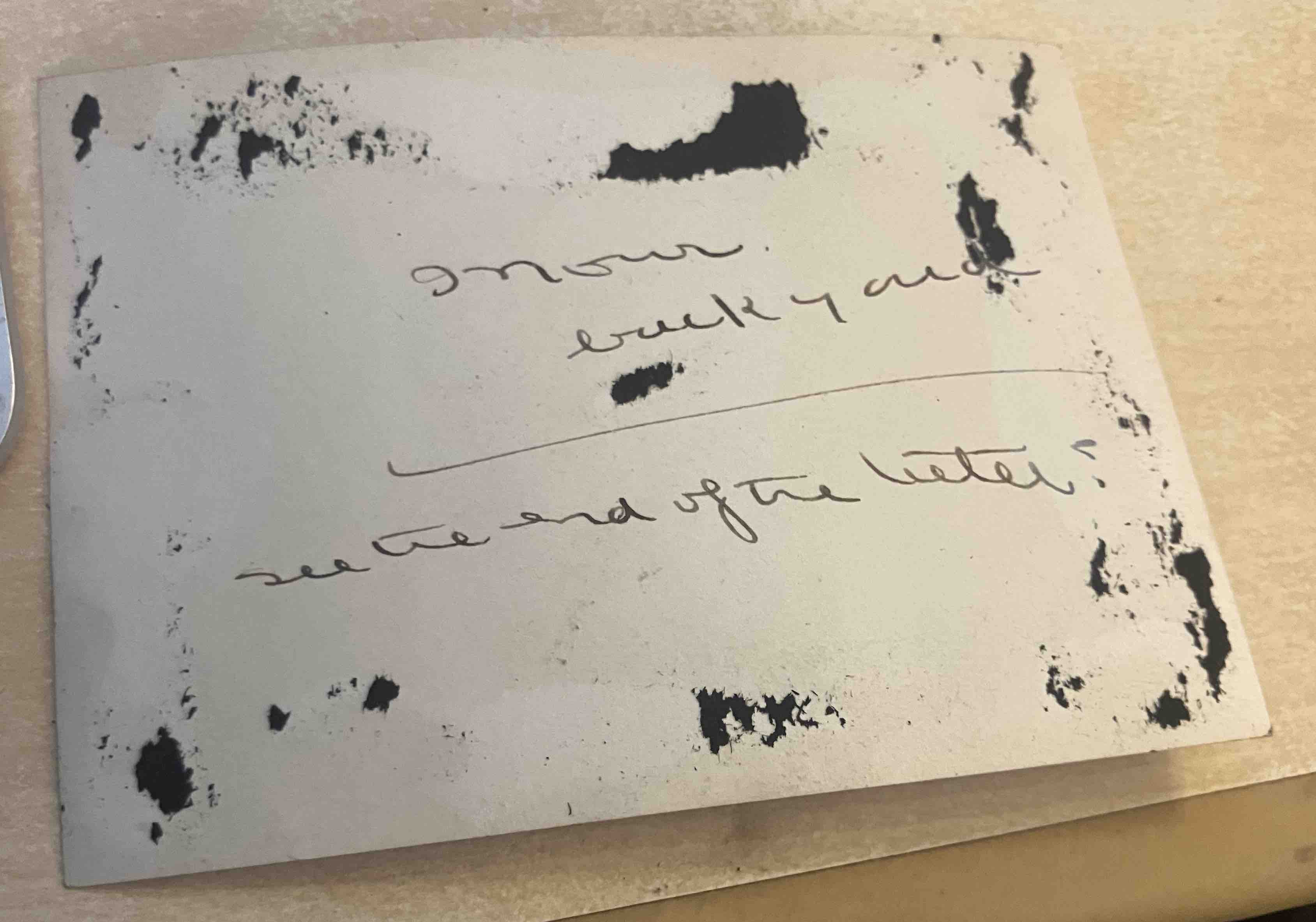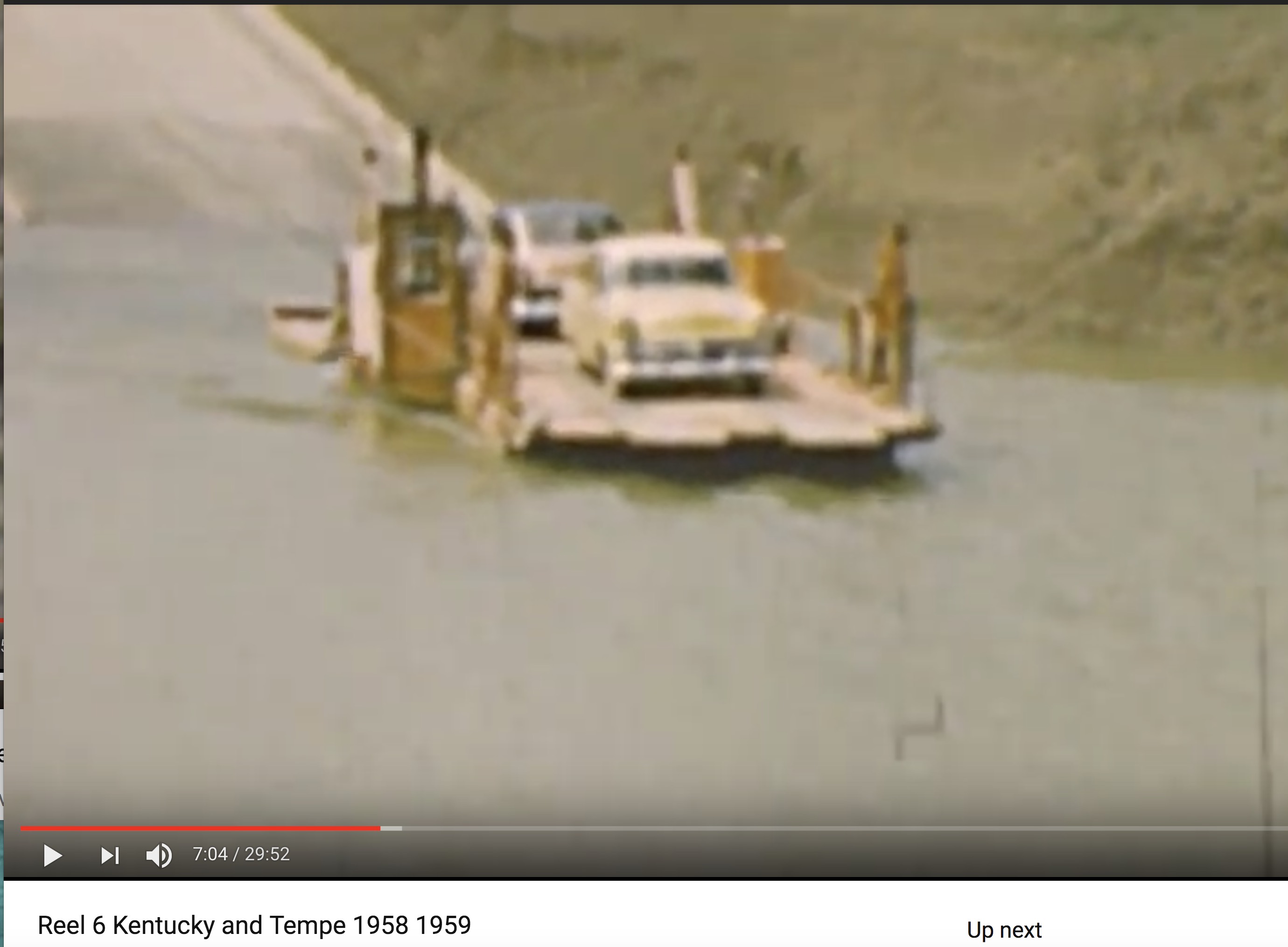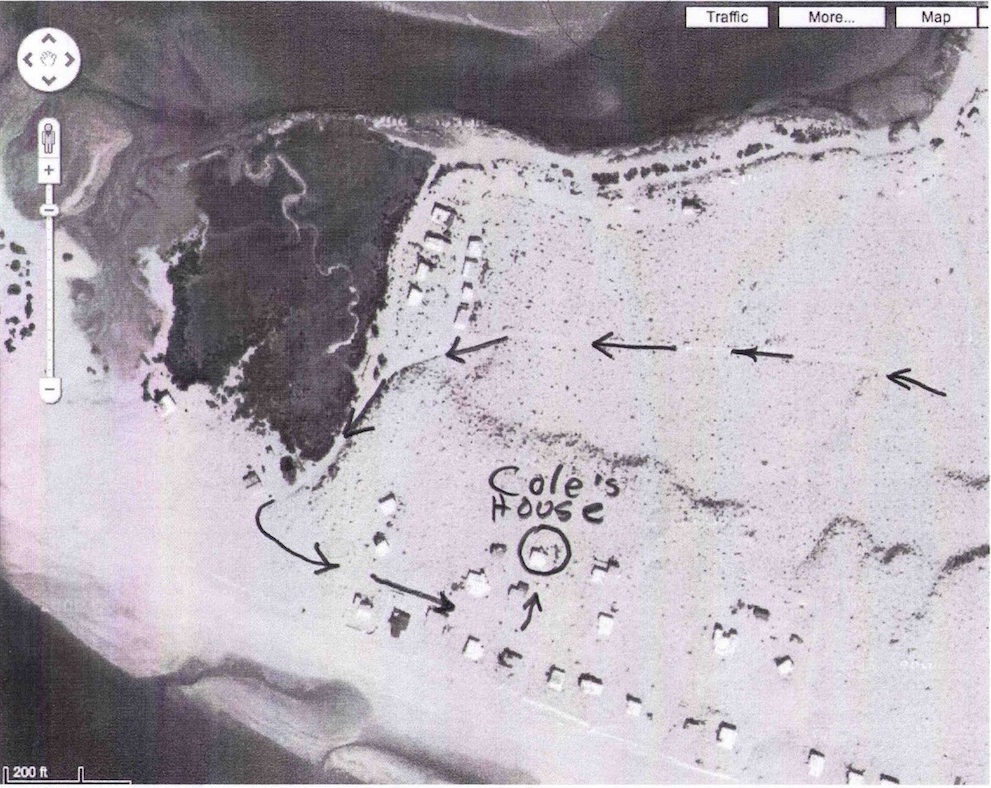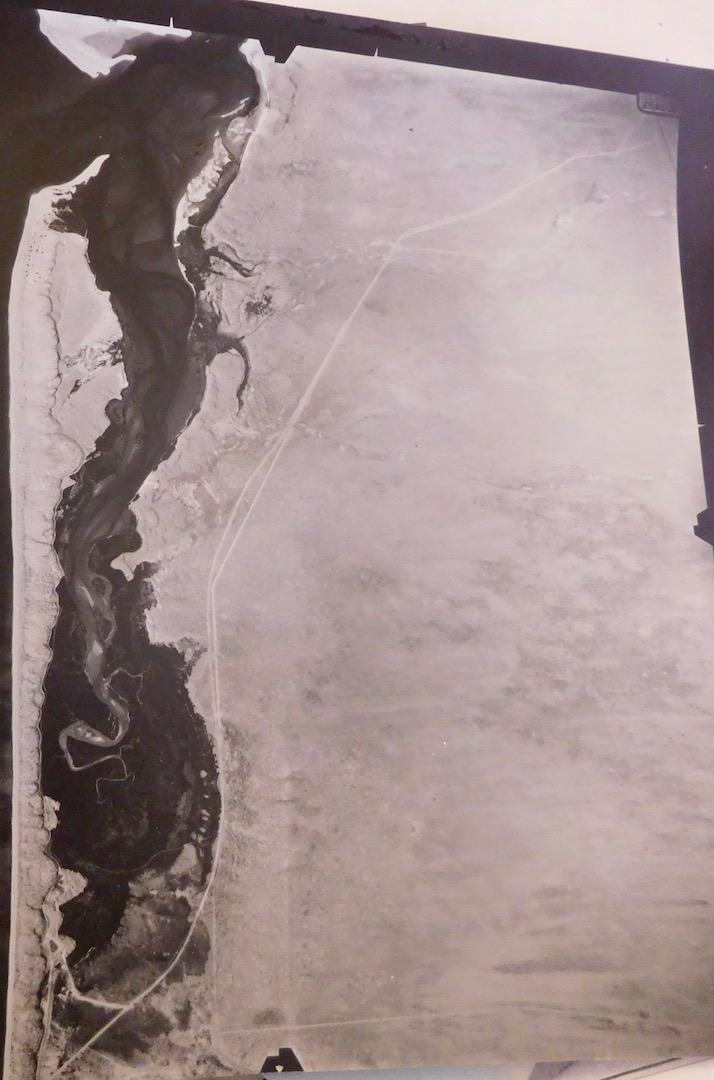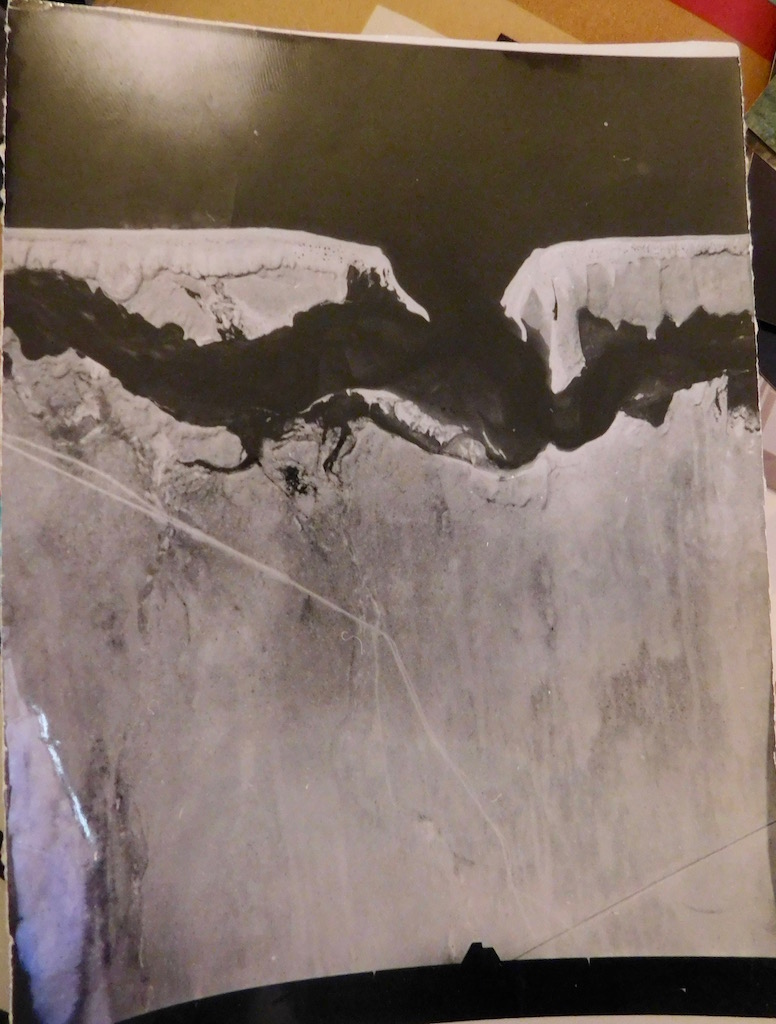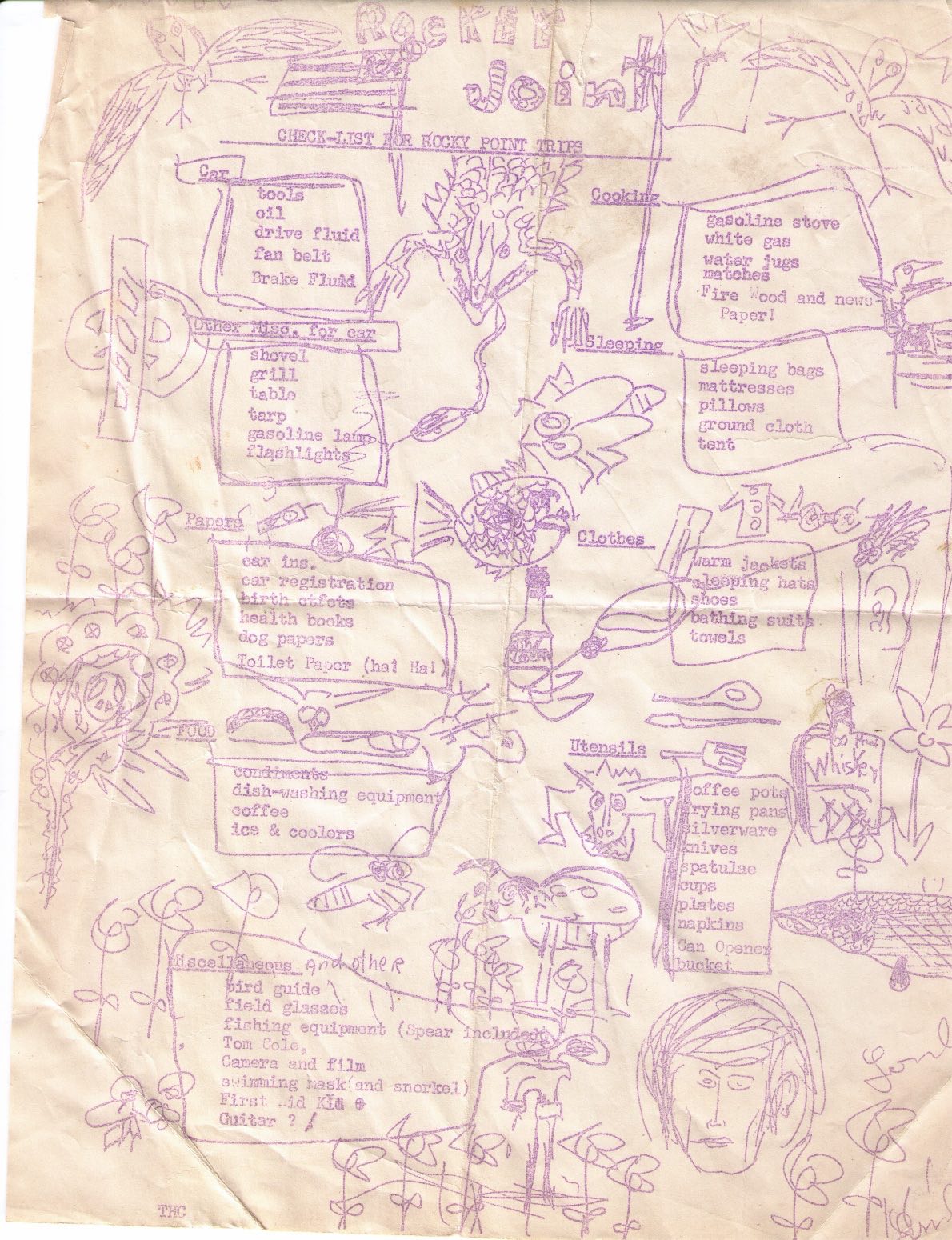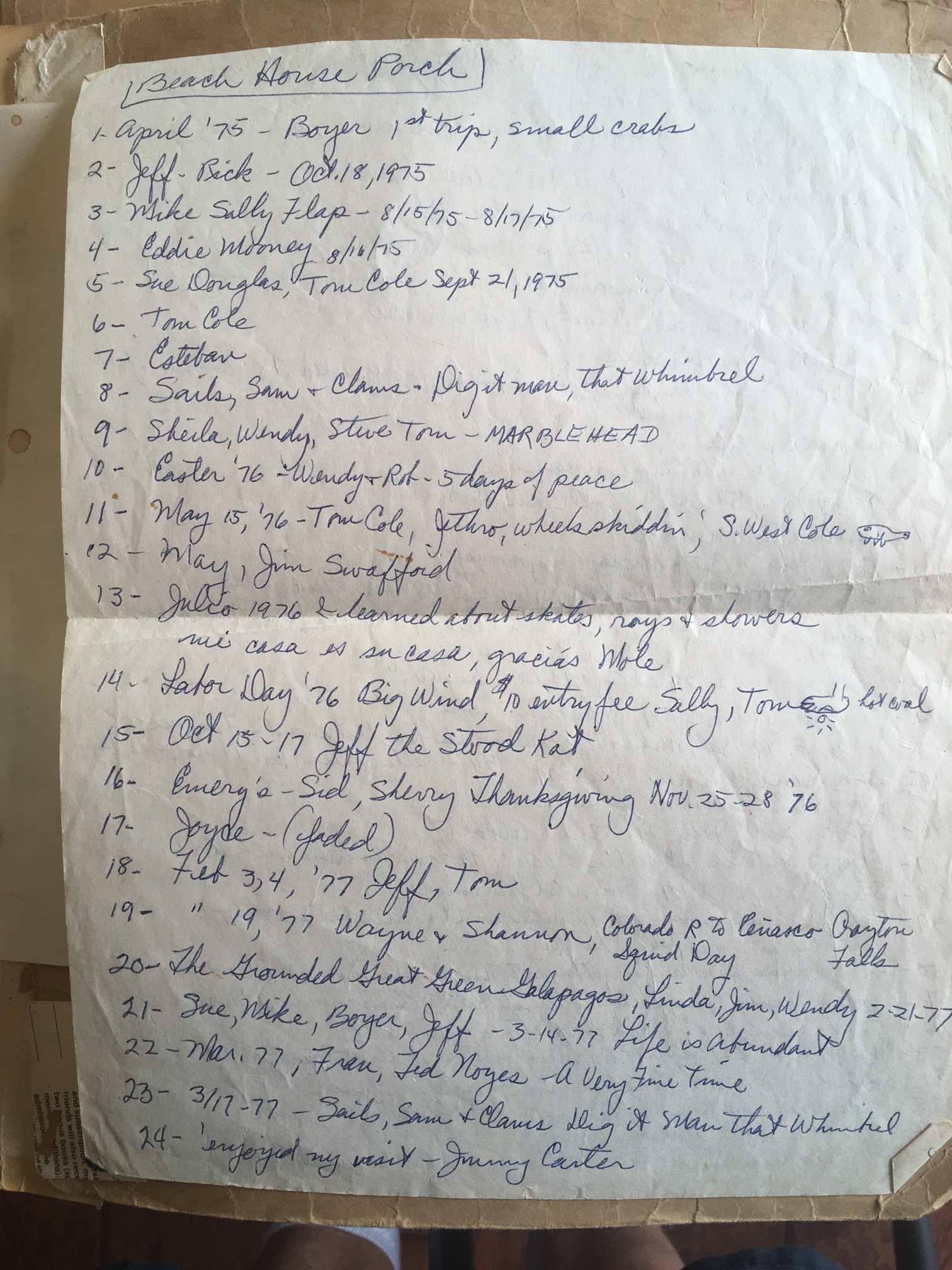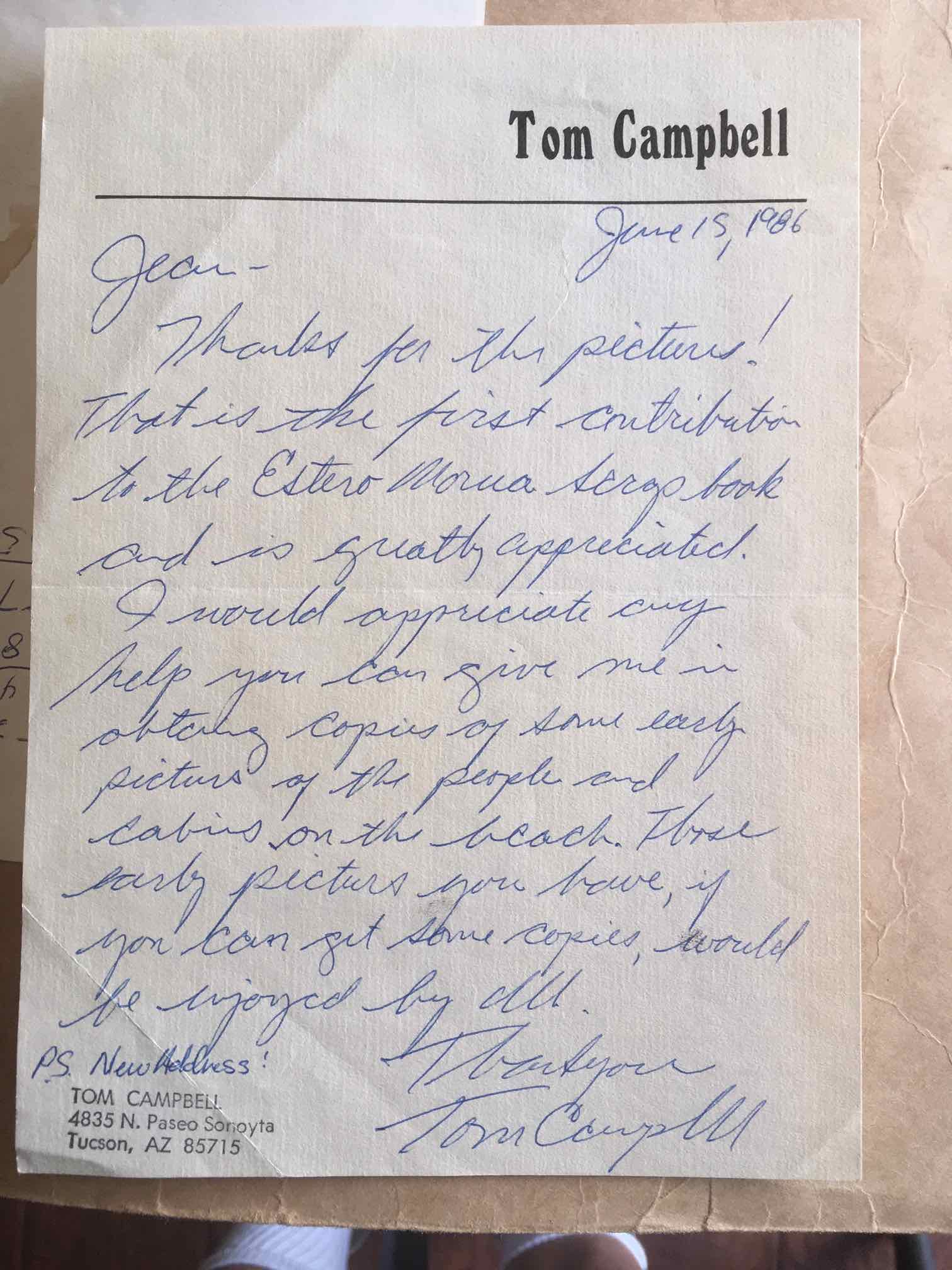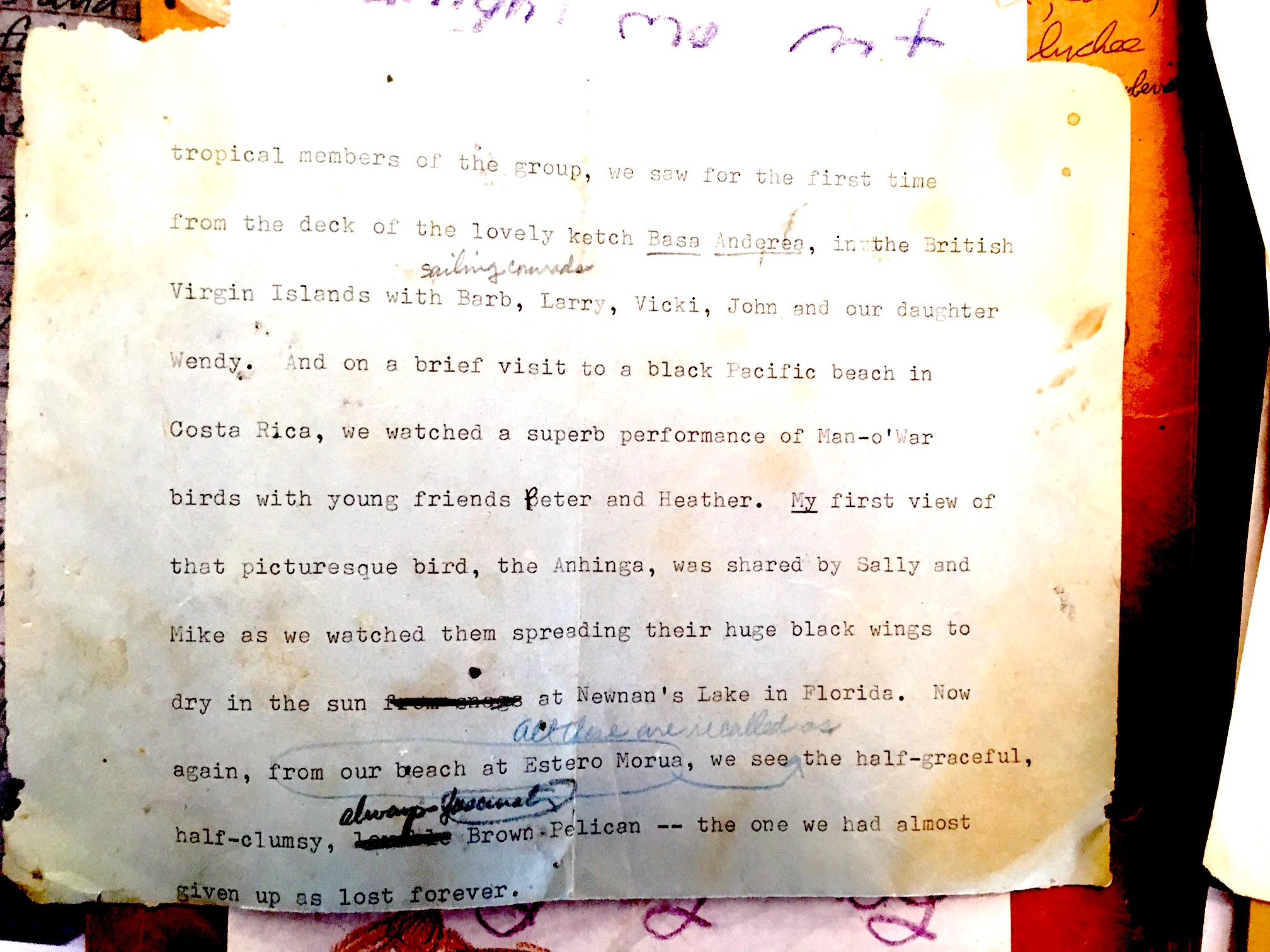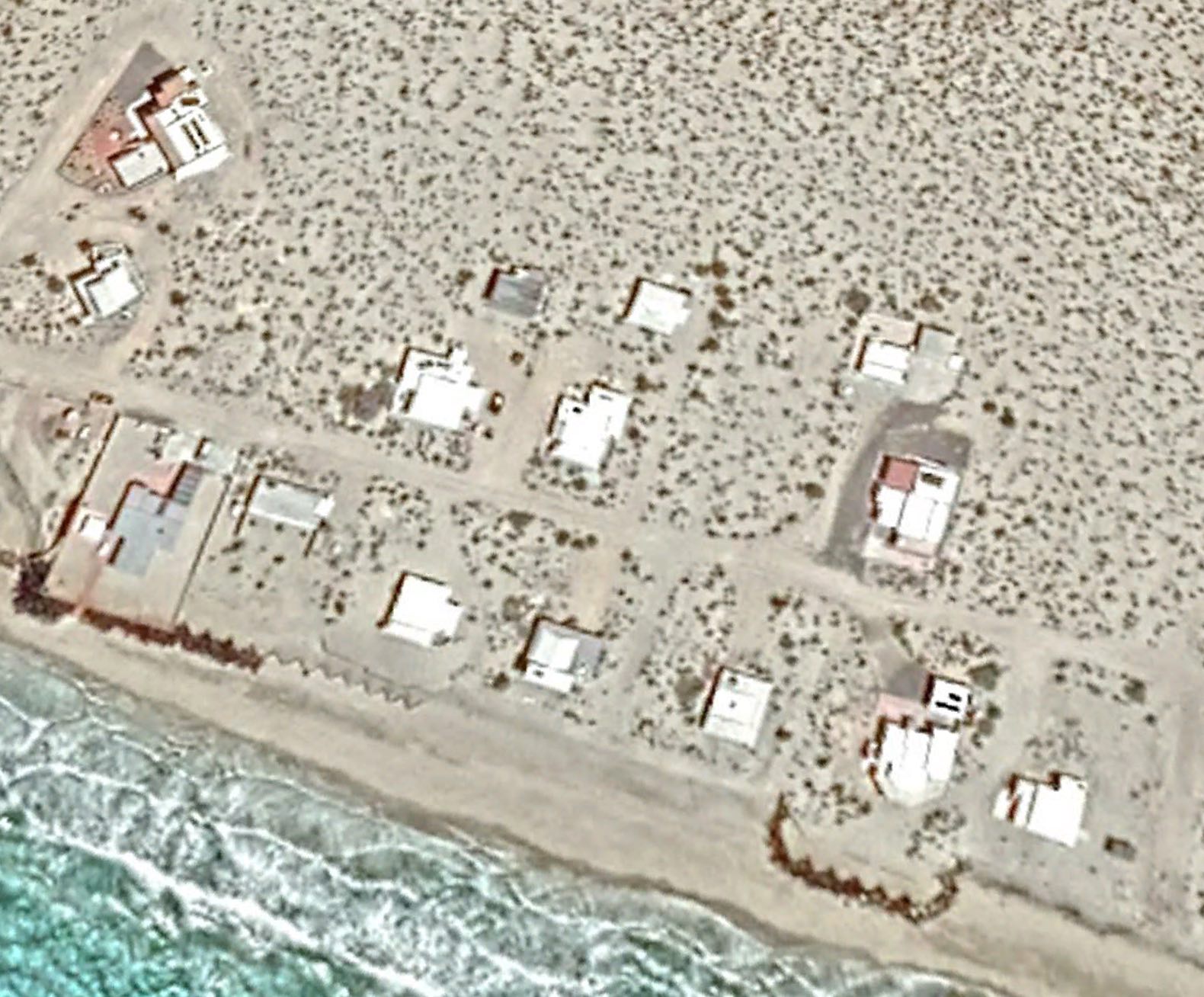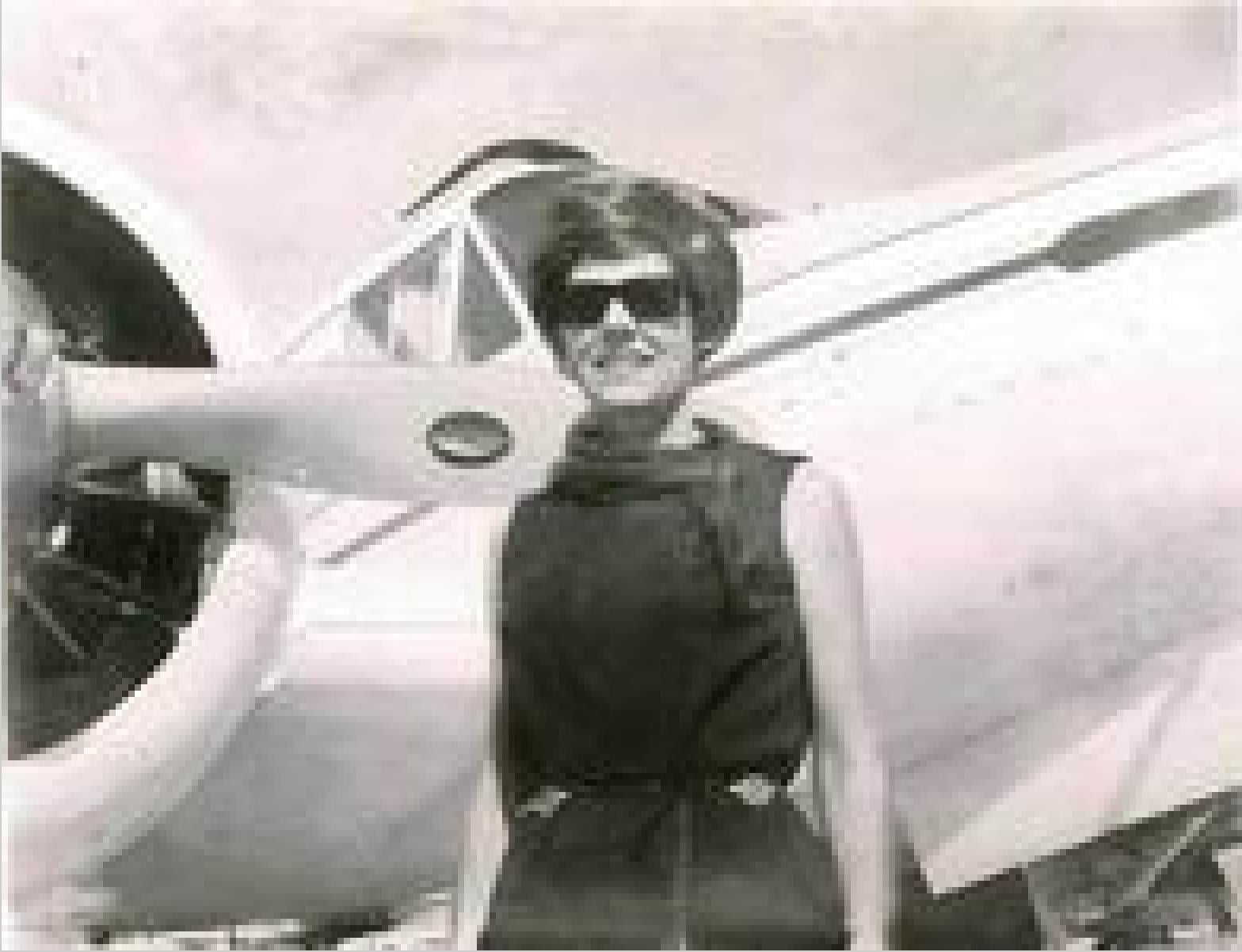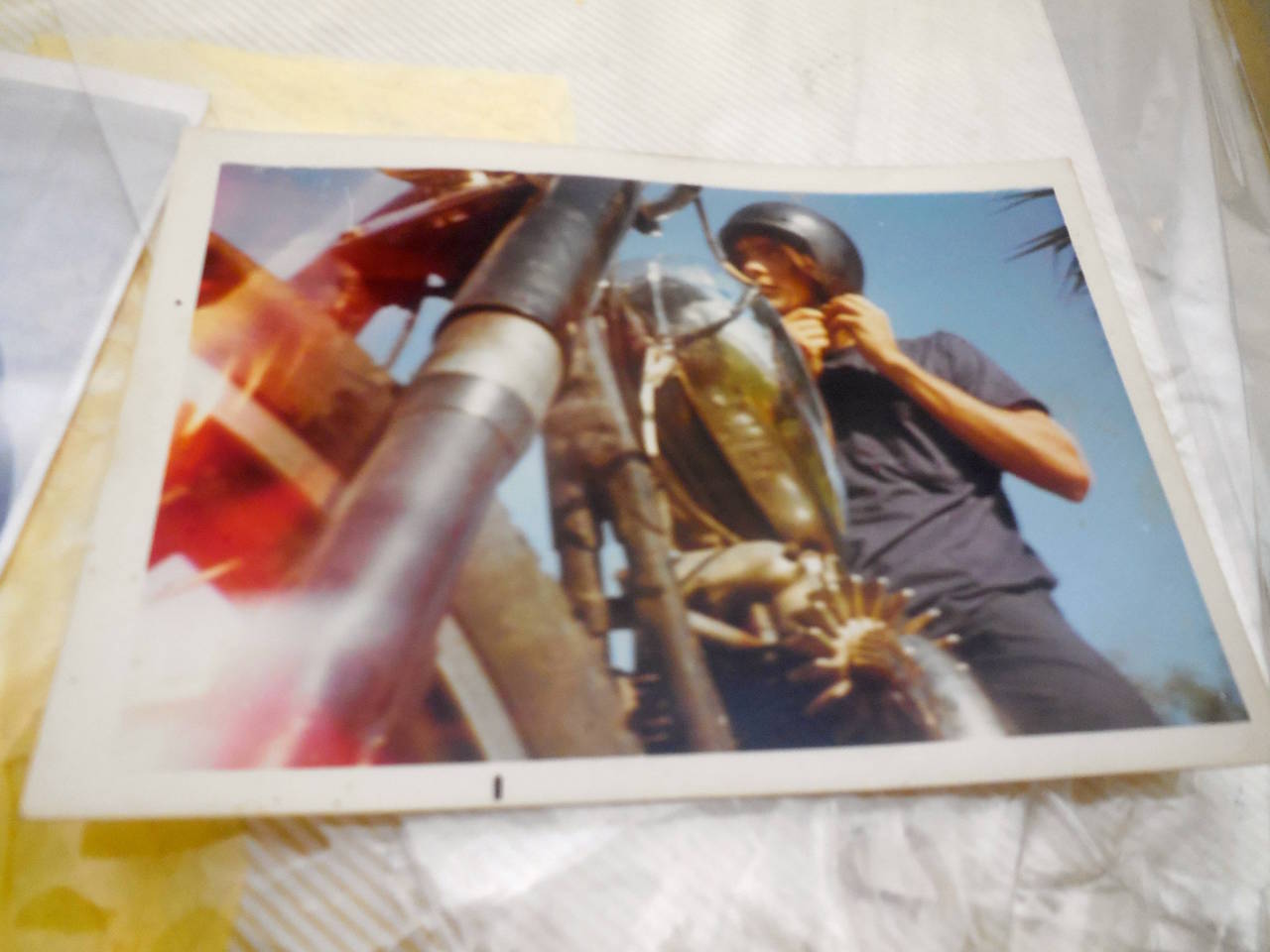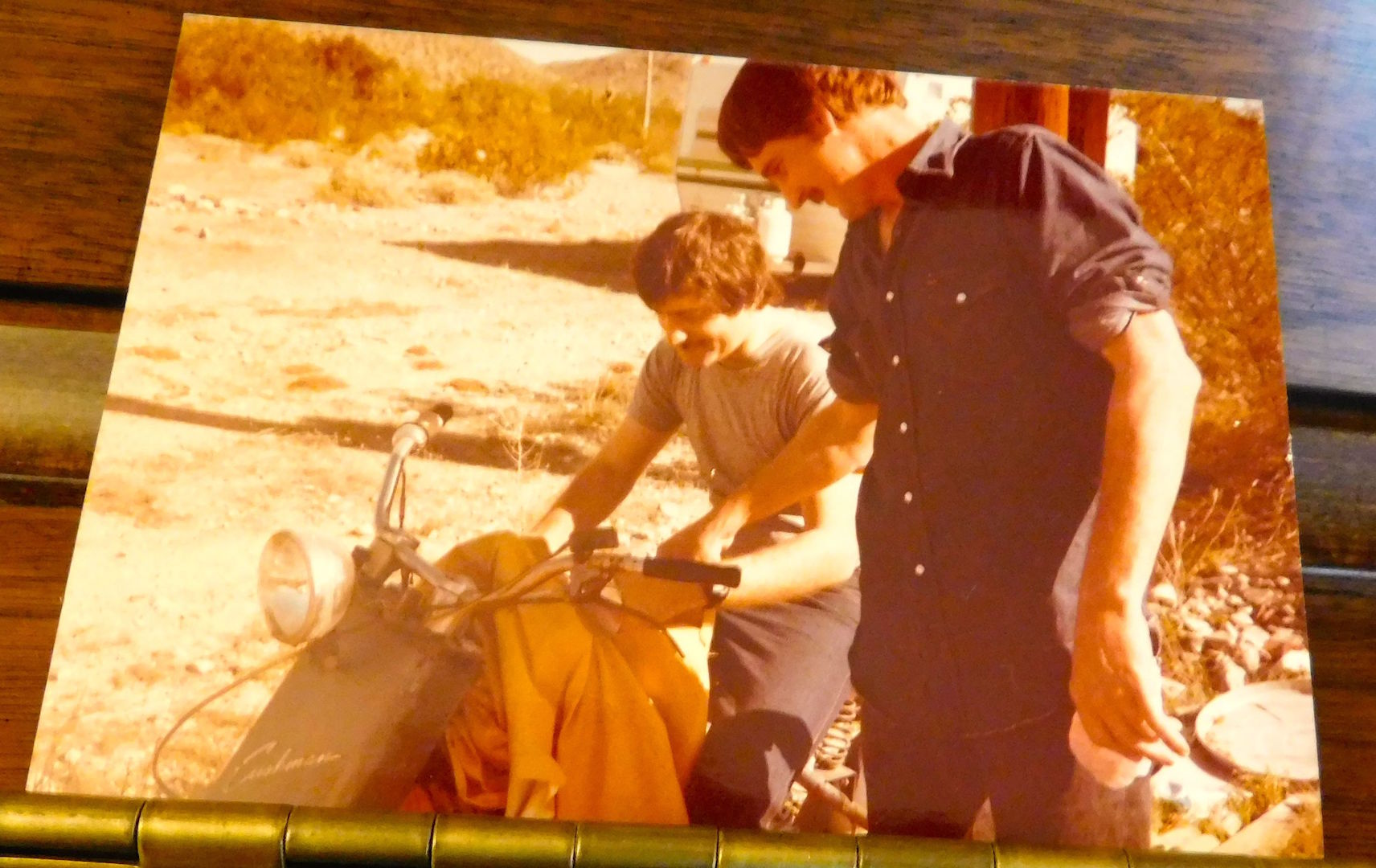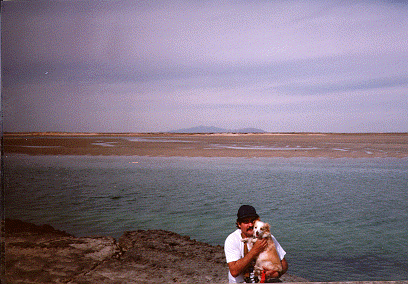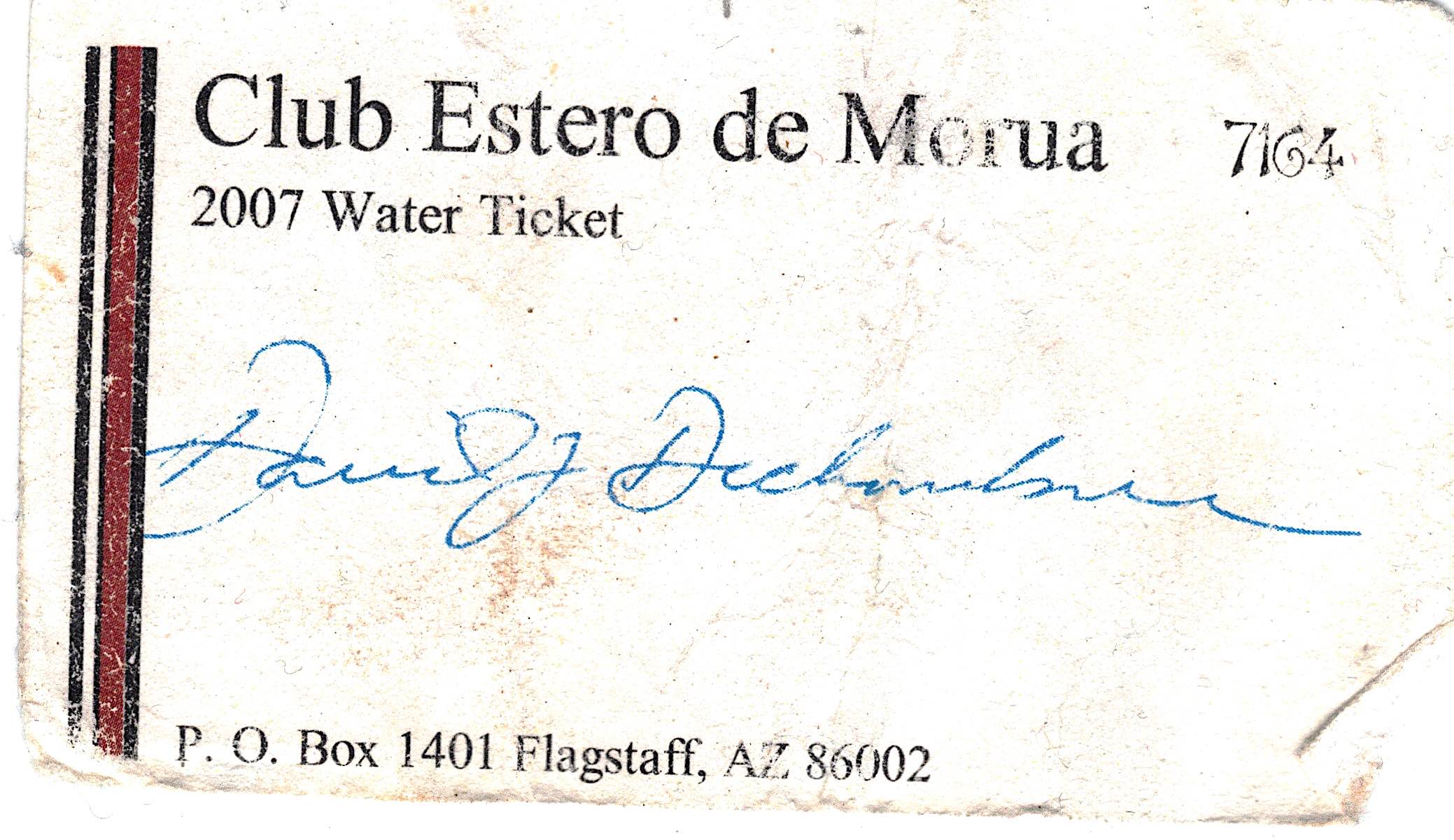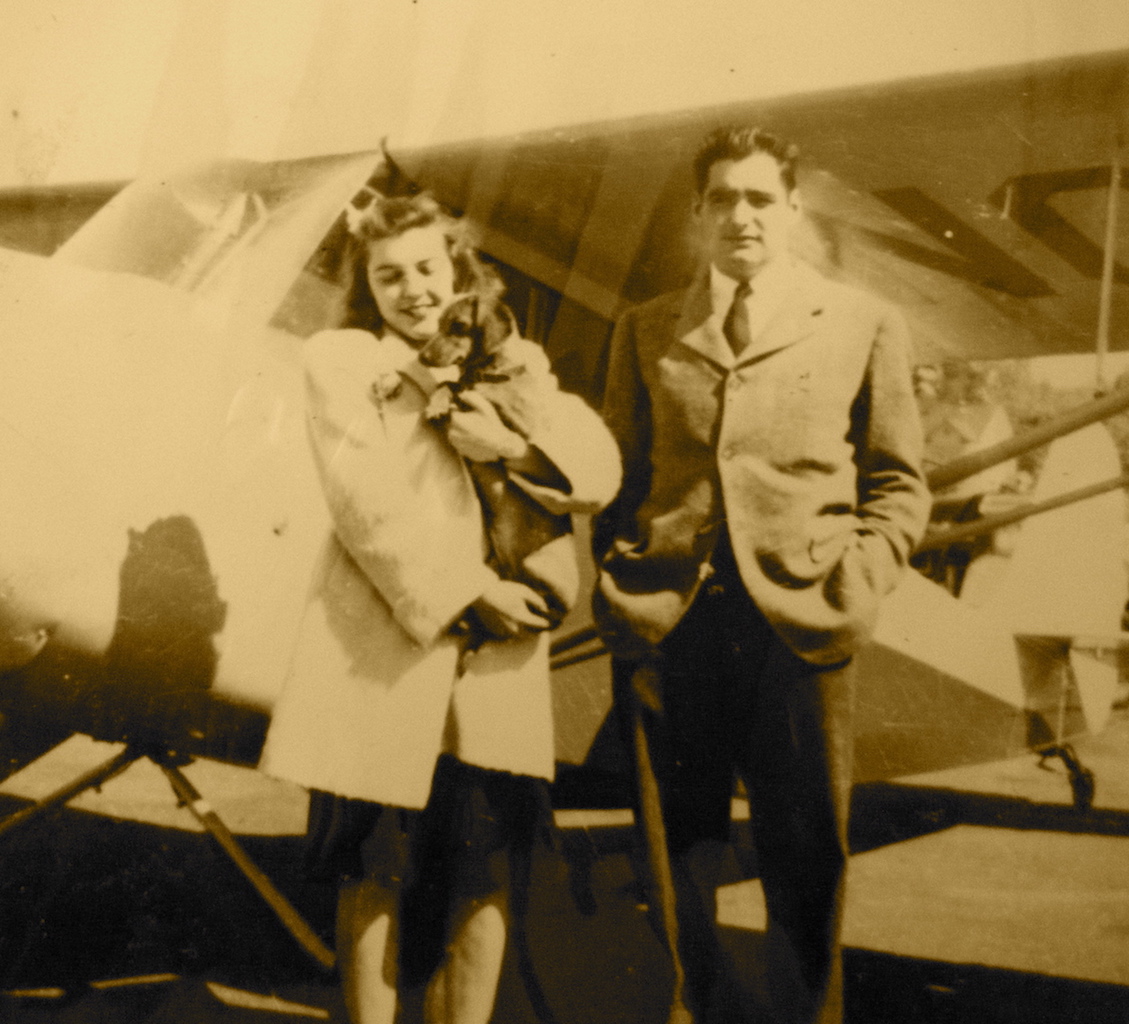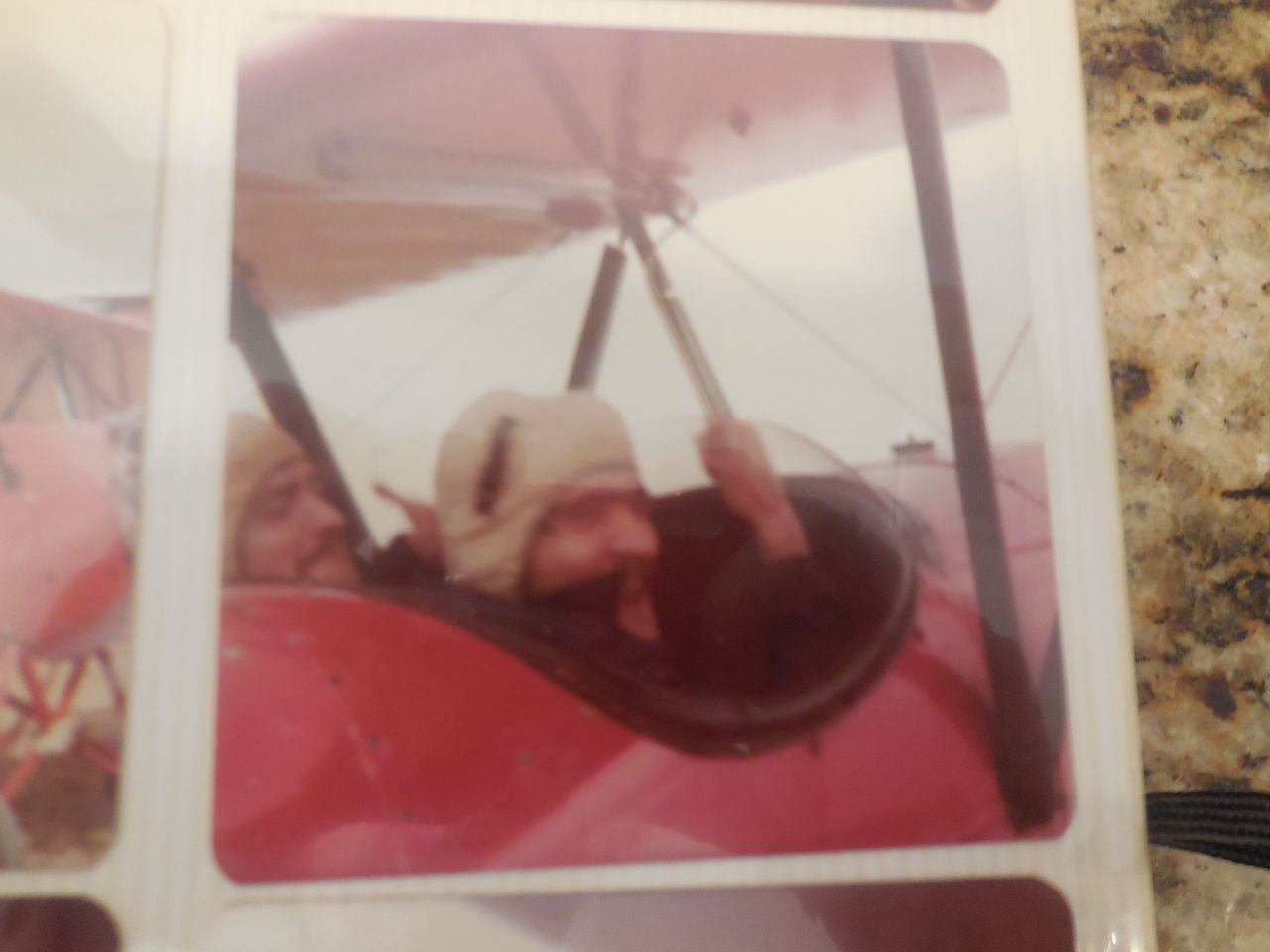GREAT ESSAY ON ESTERO MORUA
ADVENTURE
BY DAD OR MOM AND DAD
Most of it sounds like Dad's writing to me.
However, I think they were showing these essays to
people together.
One February afternoon a squawking, crying medley
of voices attracted us to the beach in front of
our house. We raced toward the water where many
hundreds of birds whirled, soared, dived, clamored
-- black, brown and white markings contrasting
with bright-colored beaks and legs. Here was
frantic activity directed at great schools of fish
carried in by the running tide. We watched the
incredible number of birds, each in its own
manner, put on a show of fishing and diving skill,
a display that lasted over an hour. We counted
pelicans, terns, boobies, cormorants, grebes,
gulls and smaller birds until we gave up counting
and just watched in pure enjoyment. John
Burroughs, writing about bird-watching, commented
"There is a fascination about it quite
overpowering." But after the fascination comes
questions.
Where do all these birds
nest? Where do they fly each night to sleep? Which
birds are true residents and which are seasonal
visitors -- or which are just passing through? How
and where do they find food when the fishing is
poor?
Like the people of the
estuary, only a handful of birds remain the year
round. Most remain for the winter season only, or
visit briefly while en route to summer or winter
homes. Many, like the sandpipers, hatch out near
mountain streams in Alaska, on the shores of
Greenland, or in the tundra of Hudson Bay, and
there they will return to nest. Others stay with
us all year -- homebodies like the Gambel's Quail,
the Bigbilled Savannah Sparrow, and Say's Phoebe,
who nest beneath the dune shrubs or in the eaves
of beach porches. These, our daily companions, are
the birds we watch for at sunrise and sunset. But
the sea birds also beckon us daily to the
blue-green Gulf waters where the excitement of
their predatory life keeps us glued to binoculars
for hours on end.
The most striking and
alluring of these birds, the Pelicans and their
many relatives such as cormorants and boobies, are
characterized by four-webbed toes and throat
pouches of varying colors, shapes and sizes. e
cart This order of birds, the peliformes, includes
six different families: 1) pelicans; 2)
cormorants; 3) gannets and boobies; 4)
tropicbirds; 5) anhingas and darters; and 6)
frigate birds.
Our favorite of all these
-- and the one we almost gave up as lost forever
-- is the Brown Pelican, that half-clumsy,
half-graceful, but always fascinating sea bird. At
one time we feared its extinction with good
reason. There were a few warnings in the 1950's
when the Brown Pelican's western population
declined somewhat. But by the turn of the 1960-70
decade both the California and Baja populations
seemed doomed. In 1969 and 1970 only 9 fledglings
survived from 1,852 nests surveyed on islands off
the coast of southern California and northwestern
Baja. The cause, as we now know, was pollution of
their ocean environment by DDT-related discharges,
mainly from a Los Angeles manufacturer dumping
liquid wastes into the ocean. This resulted in
disastrous eggshell thinning in many species of
birds including the Pelicans. Fortunately for the
Pelican ovyiat12, (and probably for fTian as
well), in 1970 the plant was forced to cease
dumping its waste fnto the ocean. It had been a
close call for these large birds, whose softened
eggshells could not stand the weight of parental
care, and whose young were crushed to death before
hatching.
During this time on short
winter visits to the Gulf, we would scan the
flocks with anxiety, watching for those drab
young-of-the-year among the white-headed adults.
Only seldom could we spot more than one or two.
Gradually they have come back, though not yet in
sufficient numbers for us to feel secure. Brown
Pelican productivity may still be too low for
population stability and we watch more carefully
now, along with many others, for aliim signs of
environmental pollution.
But now, the pelicans are
again diving off-shore and sunning on the sand
spit at low tide. On today's walk to the estuary
we witnessed a new sight. Seventy pelicans were
clustered on the near sand bar and, as we watched,
one after another threw back a head, stretched a
huge, yellow-orange throat pouch upward, beak
skyward, and turned the neck so the white plumage
shone in the sun. The head would then swing
downward back to its normal position. Each stretch
seemed to call up a response from the others, like
a yawn, and one after another, sometimes three or
four together, would engage in this strange
display, almost flower-like in its colorful
expansion. So far we have found no reason for this
unusual display.
Brown Pelicans, unlike
their White Pelican cousins, are skillful and
adventurous divers. They start at various
altitudes, but always land with a foamy splash;
when they surface they are faced in the opposite
direction from which they entered the water. We
haven't seen any other diving birds making this
sudden direction-switch underwater. Their flying
is amazingly agile and graceful for birds of such
bulk, and when they locate a school of fish, they
dip and turn in what seems to be ex-tremely close
quarters. We have yet to see them collide in
mid-air as gulls are apt to do when squabbling
over a feast of fish.
Many other diving birds
share the fishing grounds and often a mixture of
pelicans, boobies, terns, cormorants and
mergansers feed in a wild con-fusion on a single
large concentration of fish. Cormorants, the next
on eArk our peliform list, appear amidst the
splashes and below the aerial fishers. A Their
dark heads, raised above the water, appear at
first glance to be loons, but subsequent actions
prove them otherwise. For one suddenly rears up
above the water, spreads his wings in a manner
similar to his relative the Anhinga, and
immediately lifts in flight, thus revealing
himself a cormorant.
This black "cue_rvo
marino" (as it is called by the Mexicans), is
often mistaken for a duck because of its similar
flight silhouette. At this time of year there are
many, forming long, dark lines against the pale
sky. Unspectacular compared to the diving birds,
they are neverthe-less such efficient fishers that
they have long been put to work for this purpose
by the Chinese. Placing a ring around the
cormorant's neck to forestall swallowing, the
Chinese owner allows the tethered bird to fish,
the catch then being collected from the bird's
pouch by this enterprising human exploiter. Here,
however, the cormorants swim freely beneath the
furious aerial activity and enjoy the fruits of
their own underwater fishing skill. e cl.a"
Gannets and boobies make
up the third of our peliform es list. The gannets
we do not see here -- they remain close to their
northern rock clifti. But we are fortunate to have
the most beautiful of the Gulf divers, the Brown
Booby, perform for us. This spectacular bird drops
from both low and high altitudes, folding his
wings so tightly at the last minute of his flight
that he cleaves the water like an arrow. As he
rises with his catch, his sharp wings cut a clean
line against the cloudless sky, the brown and
white pattern on his underside flashing in the
sun. One February day we spotted a few
white-rumped individuals among them, a feature of
a different species, the Blue-Footed Booby.
Following them carefully with glasses, we easily
detected the blue beaks, but rarely could catch
the lovely blue color of the legs.
Another fascinating
performance that the Pelicans, Boobies and Terns
have in common is a "traffic circle" behavior.
When a large school of fish become the target,
these divers follow a striking pattern. They
approach upwind, dive, soar upward, then circle
downwind and fall in, more or less near the end of
the group, again approaching upwind until each
bird in the group peels off when it it time to
strike again. From a distance it looks much like a
busy "traffic pattern" at some modern airport,
even to the upwind approach.
Cousin to the pelicans
and boobies, the Red-Billed Tropicbird, is seldom
seen close to shore. We were fortunate to
encounter one on a boat trip from our own Puerto
Penasco to Bird Island, a group of rocky peaks six
miles off shore and south of us in the Gulf.
Traveling by motorboat, mainly to fish and to view
the sea lions and porpoises, we were honored by a
half hour visit by this amazing bird who chose to
playfully criss-cross our boat, hanging about 15
feet above our heads, speeding up as we did,
racing us in the spirit of game-playing -- and
proving our boat was no match for his speed:
The anhingas and darters
are not seen in the Gulf, but occasionally we are
visited by the Magnificent Frigatebird. Once at
Thanksgiving we saw several flying along the
beach.
The other diving birds in
this fishing assemblage are the terns, their
specific composition varying with the season.
Today, the first of February, hundreds of
Forster's Terns have suddenly appeared over the
shallow shore. We have seen but a few before
today. In their hungry diving for shiners they are
almost frenetic, their continuous calls making a
noisy, collective chatter. From past years'
experiences, we know that one morning we'll hear a
new note, a voice of Spring -- a screaming from
high above. There, streaking across the bright sky
in close formation, a pair of prosaically-named
"common" Terns will be seen cutting a sharp
outline against the blue. Some will stay for a few
weeks to wheel and dive with the Forster's Terns,
adding a familiar Cape Cod dimension to the sound
medley arising from the beach surf. These, the
birds Thoreau called "Mackerel Gulls", are welcome
visitors during March and April, and then one day
they are gone -- on their way to island homes far
north, perhaps to New England's coast, or Canadian
lakes.
Other terns appear, each
with a special appeal. The Elegant Tern is one of
these; few American bird watchers have seen this
species although it occasionally wanders to the
coast of southern California from its breeding
grounds on islands in the Gulf. The Least Tern,
bouncing above the estuary waters in summer is a
favorite, perhaps because it's so easy to
identify: its call is swallow-like, and its yellow
bill is a diagnostic delight for the amateur. We
are always on the lookout for the large Caspian
and Royal Terns; they are oddities, seeming to
lumber across the water in gull-like flight
compared to their buoyant smaller cousins. But,
the most incongruous of the group are the Black
Terns, who feed here briefly in May before leaving
for in-land domesticity in Canada and northern
USA, far from marine shores. Each day during our
walks we make discoveries on the beach. Some are
unpleasant, underscoring the damage man inflicts
on his fellow creatures, often unwittingly. Today
we found, at high water mark, a dead blue-footed
booby; on closer examination, the cause of death
became unhappily clear. Wound tightly around one
foot and one wing was a nylon monofilament fishing
line, one of man's lethal snares for un-suspecting
wildlife. How he had become entangled will never
be known, but his death was surely one of hopeless
struggle. The finding recalled a similar incident
that occurred a few years back on Convict Lake in
California. This was a strange event, yet with a
much happier ending than today's sad find.
We had been camping at
Hot Springs Creek, but decided to visit Convict
Lake because of its reputation as an extremely
beautiful and limnologic site, and indeed it was.
In fact, it was so delightful that we decided to
walk around it. As we were returning, having
nearly com-pleted the long loop, we noticed a
California gull sitting in a shallow bay,
strangely motionless. Turning glasses on the bird,
we could also see a good-sized trout close beside
it. This seemed most unusual and we walked back
toward the bird who made no motion to fly. Wading
into the water toward him we discovered he had
become entangled in cfishing line -- a line to
which the fish was securely hooked.
We had with us no
equipment whatever, but by wading closer, Jerry
was able to divert the bird with one hand and grab
him securely with the other. Then, with Jerry
holding him aloft -- fish, fishing line and all --
I was ten-able to grab his feet, both of which
were tightly entangled in the line. I used the
only weapon at hand, my teeth, and broke the line
in two places so I could then unravel it and free
the bird's feet. I still recall, vividly, biting
the tough line with my fac-e -haTiburtiecté─ţirt
the -soft, white gull feather face half-buried in
the soft, white gull feathers. Once untangled, the
bird was placed back in the water and after a few
minutes of paddling his feet, he flew out toward
the middle of the lake, where he landed --either
to rest or to sooth his sore feet in the water.
The sight was well worth our entire day's visit.
The fish and line we buried so no other bird would
become entangled.
After the adventure at
Convict Lake, we have looked on all gulls with
affection, although most people do not count them
among their avian favorites. The gulls evoke mixed
emotions -- master fliers, they sur-pass the most
graceful] glissade, but their mores can be
questioned from an anthropocentric viewpoint.
Gluttony, thievery, murder and cannibalism all
have been part of their heritage, and these traits
must have had substantial survival value in the
long history of this species. Whatever their
personality, they are part of the seasonal
panorama at the estuary, and they are as welcome
as the gentler species.
Gull-watching involves
spotting beak colors, leg hues, and wing
tip/mantle comparisons. The Ring-Billed Gull is a
winter resident along with the similar, but larger
and ubiquitous Herring Gull. It is the former,
however, that is our "haus Vogel", visiting us
daily for scraps and perching on nearby porch
railings. The Herring Gull, with the coldest of
eyes, seems to disdain such handouts. When we
drive to Puerto Penasco, however, we find him
abundantly in the smelly dump, belying his dignity
and independence. If we happen to approach
downwind, the entire flock takes off directly
toward us, swerving off to safety the moment they
are airborne. Most of these scavengers are Herring
Gulls.
In some ways the herring
gull is not such a fine bird. We knew he was a
scavenger, but we did not realize he was a
bird-killer until one day, through bird glasses,
we saw three herring gulls nipping at an eared
grebe. The grebe seemed to be trapped in a very
shallow back-water quite a distance from the
receding tide. He was making valiant efforts to
achieve that distance by flapping along against a
powerful wind and sinking back into the water, too
shallow for him to dive away from the gulls. Twice
while we watched a gull lifted him a foot aloft,
only to drop him when he struggled. The grebe
seemed additionally inhibited by the fact that he
had been moulting and could not get under-way
against the strong wind. We broke all sprint
records in our dash to drive away the gulls, and
walked guard for the grebe until he was able to
achieve the 'ocean edge and deep-water safety. He
seemed not seriously hurt, but we chalked up one
more answer to why so many dead grebes had been
seen on the beach.
In Spring, the dainty
Bonaparte's Gulls join the beach crown. More
tern-like than the others, they prefer to sit on
sandbars among the terns rather than with their
closer relatives. Later, during the summer months,
a few Western and California Gulls move in to
replace the Herring and Ring-Billed Bulls who have
moved to their nesting places far to the north.
The Western, with his dark back, reminds us of the
fierce Great Black-Backed Gull who is part of the
rugged scenery of Mount Desert Island and the
granite seascape of the Maine coast.
The best fisherman of the
gull lot is the darkest of them all, Heerman's
Gull, and he is with us all year. Except for their
bright red beaks and white heads, they blend in
with the black lava boulders upon which they perch
along the waterfront at Puerto Penasco. Here at
the beach, whenever there is a fish-bird boil,
with all the pelicani-form species, grebes and
mergansers diving and surfacing frantically, the
dark silouhettes of Heerman's Gulls are part of
the tableau. Usually one or two attend a pelican,
following his every aerial maneu-ver and slanting
down with his dive, alighting close to the spot
where the large fisherman surfaces with his catch.
In the British Virgin Islands we once watched the
Laughing Gulls attend Brown Pelicans in the same
manner, sitting close by individuals that had just
dived, emerged and were floating on the bluest of
Caribbean waters. This behavior on the part of the
gulls must have some advantage; perhaps the
pelican is a sloppy eater, dropping tidbits or
more likely losing a newly-caught fish. If so, the
other gulls at Estero Morua haven't learned it
yet, and are missing a good thing.
Sometimes, though seldom,
the Osprey joins this diversified group of
fishermen. Usually a solitary hunter, the Osprey
uses a different approach. Hovering over his prey
until the fish is close to the surface, he then
dives, plucking his catch out of the sea with his
powerful talons and carrying it to a shore perch
to enjoy at leisure. Each morning when we step out
of the door onto the warm sand we look east-ward
to seekuaf our resident "fish-hawk" is perched on
his pole behind an empty beach house. We have been
watching him foraging both in the estuary and
offshore, and recognize him by the short fish line
dragging from his leg. So far, it seems to have
not affected his fishing, but we are concerned
that sometime it may tangle him up with fatal
results.
There is a legend, or
perhaps it should be called a myth, that concerns
these estuary Ospreys. It may exist elsewhere, but
we had not heard it before. In several places at
Estero Morua, near the beach or high on a dune,
stand slender, tall poles, each usually topped
with a curved boat hook and with a braced
crossbar. They were raised in memory of deceased
friends or loved ones in hopes that the "sea
eagle" would use them as perches. Each time the
hawk returns to the pole, the tradition goes, the
soul of the departed returns with him to relive
joyful times spent here. To those who credit such
fantasies of rein-carnation, it is especially
pleasurable to see the Osprey land on one of the
lofty perches. It is a reminder of those who
enjoyed the estuary before us, even though we
don't know to which individual soul each pole
belongs. Indeed, it is such a delightful myth that
we hope to be so honored by someone who lives here
after us, so we can fly back with the Osprey for
brief visits.
Sometimes the poles are
used by other birds, usually as a sally point. The
graceful little American Kestrel is often perched
high on a bar meant for Ospreys, and he seems
nearly acceptable as a spirit bearer. The
occasional shrike and Say's Phoebe do not make
quite as good substitutes for a sea eagle, but
there was no question -- no doubt whatsoever --
that the two Starlings we saw one time high up on
the dune pole, represented the reincarnation of no
one we wanted to know! (A son-in-law, reading the
foregoing statement, called it "continental
chauvinism".)
On a sunny, windy day in
February we walked over the dunes to the estuary,
not to catch fish, crabs or oysters, but simply to
bird-watch. The tide was at the ebb with only a
shallow stream making its last hurried exit to the
Gulf. But beyond the fast-flowing rivulet, in a
shallow backwater curved up against a dune,
floated fifteen ducks, paddling back and forth
lazily. A familiar green flash announced an old
friend, the GreeTinged Teal. It was the first time
we had seen the species in the Gulf and we watched
their activity for nearly an hour. The green was
not obvious at first, but as one after another
would rise up on the water, flapping his wings, a
white chest and under-wing appeared; then, as they
settled back onto the smooth water, a bright jade,
almost irridescent in its brilliance, would flash
briefly before the wings again folded, leaving
only slight tips of emerald still showing. By
looking closely we could make out the green eye
patch on the males -- the same lovely bright
shade, but muted by the rich dark cinnamon
feathers that surrounded it.
Much more common than the
teal and the most abundant of our ducks are the
wintering Red-Breasted Mergansers. Returning from
our walk that day, we came upon a handsome male,
all alone near the reefs; he seemed undisturbed by
our presence. Usually the Gulf mergansers are
gregarious, gathering in great rafts to fish, but
this one seemed to be making a solitary toilet. He
was close enough for us to admire his markings
even without glasses, but with them, every
colorful detail of his plumage, his bright red
beak and eye, his red-brown and speckled breast
and white neck band, could be enjoyed at very
close view as he preened and bathed. Excellent
fishermen, these ducks have sharply serrated
beaks,and any fish they seize has little chance of
slipping away. Modern birds have no true teeth,
but the notched bills of the mergansers serve them
effectively, pseudo-teeth though they may be.
Cinnamon Teal occasionally visit here and twice,
while we were hunting oysters on the outer reef, a
small dark goose, the Black Brant, went honking
past us hardly higher than our heads. This was an
unusual occurnce, as we see very few such geese.
By contrast, the Surf Scoter is a regular winter
visitor. We have found several dead on the beach
and we always speculate on the cause while
admiring the bright red and white beak, much more
colorful than shown in our guide book. A round,
black spot centered in the white base of the bill
gives the appearance of a large eye, bringing to
mind the deceptive "eye" near the tail on many of
the brilliant fish we have seen on tropical reefs.
The Surf Scoter's real eye is small, set farther
back and nearly hidden beneath the white marking
on the forehead.
Two other elegant,
graceful and familiar birds, the Great Blue Heron
and the Snowy Egret, frequent the estuary and the
off-shore reefs These birds exhibit distinct
differences in their feeding habits; the Egret is
a busy hunter, cruising back and forth through the
shallows, constantly on the move; the larger Great
Blue Heron stands motionless, tensely poised,
waiting for long moments before a lightning-fast
strike secures his prey. Both are strikingly
beautiful to watch, but nothing can equal the
flowing ease of the Great Blue Heron as he slows
to land, daintily setting his feet onto the sand,
his lovely slate-blue wings gleaming a moment in
the sun before he folds their color into the
familiar grey-blue profile.
In the Gulf the
loneliness of the Great Blue Heron contrasts
sharply with their behavior in their nesting
habitat. Lake Itasca, Minnesota, was one of these
places where three or four herons could usually be
spotted along the shoreline. During a summer stay
at that lake, we discovered a busy rookery in a
nearby grove of red pines where dozens of pairs
resided. Although they ranged far to supply their
nestlings, some always were hunting the Itasca
shores. A unique feature of these Minnesota herons
was their habit of landing on the water to float
like long-necked ducks. Our boys were young then
and when fishing from canoe or boat, they would
throw unwanted perch high in the air whenever the
herons passed. This would bring the great birds
down to float buoy-antly while picking up the
fish. Then with one stroke of their wings they
were airborne and gaining altitude as they flew
home to the rookery. This was decidedly different
behavior than the herons we watched in the
estuary.
Equally at home floating
in the estuary or fishing in a rough sea, the
Eared Grebe is a winter and spring visitor. We
have come upon these unsophisticated little divers
foraging in the tide pools, aware of our presence
but showing no fear, apparently unaware of the
dangers associated with mankind. By mid March
their delicate golden "ears" (plain and unadorned
in the winter months), presage spring and the
onset of warm weather. The golden feathers,
fluffing out in the spring breeze on each side of
the grebe's small head, reflect the sun, and one
instantly knows why they are called "eared"
grebes. Though strictly western birds, this year
one surprised the experts by turning up in a
Christmas bird count from the New York side of
Lake Champlain -- an unprecedented appearance. The
American Oyster Catcher, a louder, brighter,
estuary inhabitant, is usually seen whenever we
walk to the oyster reefs to pry off the tilt,
delicious rock oysters for an evening meal. These
birds herald their approach with shrill, short
cries, and they continue to shriek as they pass,
their red beaks bright and distinctive. They
seldom mingle with other species but stay aloof in
groups of two or, rarely, three. We see evidence
of their feeding at low tide; since many
freshly-opened and cleanly-picked shells remain to
bleach in the sun, we assume the birds are eating
well.
The Turnstones, both
Ruddy and Black, also find much to their liking in
and around the oyster beds. Their characteristic
foraging behavior of flipping stones to search for
invertebrate tidbits is fun to watch. One day we
chanced upon one of these birds who had an
un-welcome hunting companion -- a fast-moving
sanderling. The sanderling stood close by waiting
until the turnstone tossed aside a small stone;
then he rushed in searching for whatever prey
might be uncovered; this seemed to confuse the
busy turnstone. Apparently that bird, at least,
had not experienced this type of looting before.
More often, sanderlings are found in small flocks
on the beach, alone or in company with a variety
of other species, relying on no one else for their
dinner; with shallow probes, too rapid to count,
they seem to be sucking up nourish-ment
unavailable to other shore birds. We have never
witnessed another incident of a sanderling relying
upon the skills of a turnstone for his food.
All the shore feeders
have a place and a time to hunt and, thanks to the
pull of sun and moon, the tidal regime/offers
varied opportunities. The sandpipers skitter along
in the shallows or wade deeper according to
species. The plovers, on the other hand, seem to
be almost afraid to wet their feet. The largest
and most common plover on our beach is the
Black-Bellied Plover whose hunting tactics remind
one of a robin on a suburban lawn -- it runs a few
steps, stops, seems to listen, and suddenly
plunges its beak into the burrow of an
unfor-tunate sandworm. Recently a graduate student
at Yale, armed with stopwatch and notebook, showed
that the steps between successive plover probes
mean something: if the bird has good luck, he
takes fewer steps before trying again. The
Black-Bellied Plover knows in some ancestral,
selected-for behavioral way that "clumping" is a
common pattern of distribution among animals,
including his prey.
Other smaller plovers are
less common here. The Semipalmated Plover, striped
like a little Killdeer, seems to be a successful
and widespread bird, co-occurring with the others
on our beaches. It is found on the East Coast
also, and on the sands of Cape Co it coexists with
the noisy Piping Plover, a counterpart of our
western Snowy Plover. The middle-sized Wilson's
Plover isn't part of the assemblage of other
shorebirds on the beaches. Far less sociable than
other plovers, one or two occasionally visit the
tidal mud flats in the estuary. These birds
display a different pace from their relatives.
Almost cat-like, they stalk their prey; creeping
closer and closer with head lowered, they conclude
with a last-minute dash for the quarry. With such
a foraging technique, they can ill afford to hunt
where other beach combers, running here and there,
might alarm their victim. Commonest of all the
estuary sandpipers, the Willet is also one of the
most nondescript, drab and undistinguished of
shorebirds when seen feeding in the shallow wake
of receding tides. But he exemplifies perfectly
what Henry Beston meant when he wrote, "No one
really knows a bird until he has seen it in
flight." With its singularly striking black and
white pattern, the airborn Willet is a joy to
watch. Once seen in flight, it can't be forgotten.
In addition to
distinctive beak shape, leg color and flight
pattern, a sandpiper can be identified by its mode
of feeding. If you see a lone bird unhurriedly
probing the mud flats high above the receding
tide, you may guess it's a Long-Billed Curlew. The
sure identification, of course, is the Curlew's
long, curved beak -- which contrasts to the
straighter, shorter beak of the Marbled Godwit --
a bird more apt to wade out from the water's edge
as the tide rises. The Willet's feeding pattern is
apt to fall somewhere in between these two. The
Greater Yellowlegs, on the other hand, lurches and
splashes in a drunken manner, chasing and seizing
the prey it scares up. A bird that runs along the
water's edge at high tide, probing rapidly in what
appears to be sterile sand, is usually the
Sanderling, the largest of the "sand peeps".
Parenthetically, it seems wrong that the
turnstones have the generic name, Arenaria; it
obviously belongs to the Sanderling.
The Dunlin, Knot,
Dowitcher, Surfbird, Wandering Tattler, and the
two smallest peeps, the Western and Least
Sandpipers -- all display a confusing array of
somber hues, but each is beautiful in his own way,
occupying his own niche in the beach economy.
In their distinctive,
indivival ways of living the sandpipers remind us
of human behavior. In this we again agree with
Beston who called his outer Cape sandpipers,
"...the thin-footed, light-winged "peoples" ...
the busy pickup, runabout, and scurry-along
"folk". The peeps, in particular, remind one of a
little person running on the beach, now pausing to
scan the field, then suddenly changing his mind
and racing for the ocean at full speed.
"Life no longer than a
sand peep's cry...", wrote Edna St. Vincent
Millay, lamenting her years spent away from the
Maine coast. And we are reminded again, how brief
are the moments we are able to spend on the beach,
close to the ocean with our bird relatives who
share this planet.
|
